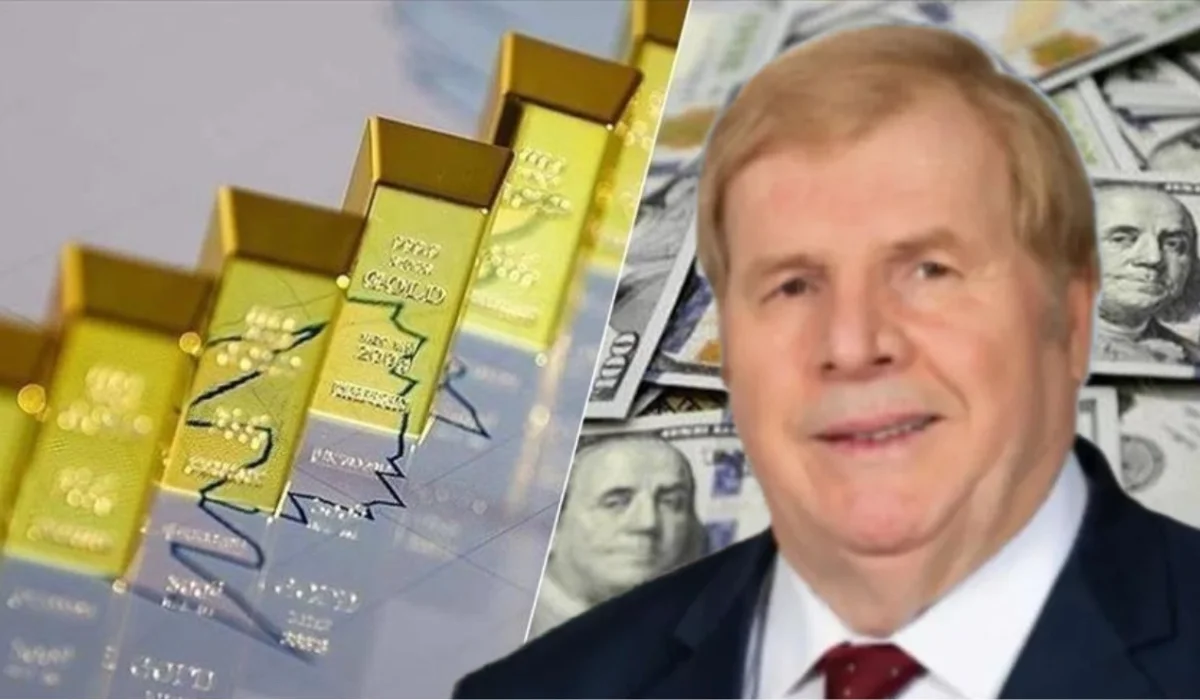Financial analyst Khaled Al-Zantouti wrote: “Where is the safe haven — gold, the dollar, or perhaps the yuan soon?
Many of us still believe that the dollar and gold represent eternal safe havens — but the question is, for how long?
I wouldn’t disagree that gold is a safe haven — given its precious nature, rarity, and multiple uses. But does all that justify the insane rise in its price, which has touched $4,400 per ounce, increasing by about 55.28% since the beginning of the year? Does it justify the long queues to buy gold jewelry in Japan, Singapore, and Australia — and perhaps even in Libya, albeit less visibly? Could there be other reasons behind this surge, even psychological ones? If we rule out the logical motives for buying gold, what remains?
As I mentioned earlier, while gold is indeed a rare and valuable metal and a store of value, this sudden and sharp rise in its price over recent months likely has other causes — chiefly, a decline in confidence in the dollar as a safe haven. Even central banks around the world have accelerated their gold purchases to strengthen their reserves. According to some reports, for the first time, total gold reserves held by central banks have surpassed their holdings of U.S. Treasury bonds.
Both individuals and nations buying gold seem to share a growing sense of concern over the internal and external “wars” of the dollar — notably the U.S. external debt, which has exceeded $37 trillion, roughly 35% of total global debt. Add to that the trade wars led by Trump and the ongoing U.S. government shutdown. (Though I am firmly convinced that Democrats and Republicans will reach an agreement soon — simply because they know full well the dangers of a prolonged shutdown.)
It’s worth noting that if the U.S. government shutdown continues, it could lead to America’s inability to repay its maturing bonds (a default) — in financial terms, that would amount to U.S. bankruptcy. And if that happens, the consequences would be catastrophic — something the U.S. will surely avoid.
As we all know, the main driver behind the dollar’s reputation as a safe haven — after it was unlinked from gold — is the strength of the U.S. economy along with its political and military power. Thus, those turning to gold today, whether individuals or nations, do so out of distrust in the dollar. But the question remains: for how long?
Some studies predict that gold’s price may continue rising to $7,000 per ounce, while others argue it’s merely a bubble waiting to burst.
We can all agree that the dollar’s status as a safe haven has been tainted by the many economic issues plaguing the U.S. — the issuer of the currency. However, gold too carries risks, such as speculative trading in global markets. This points to the need for a new safe haven, which I am convinced will be the Chinese yuan. It’s only a matter of time — perhaps not soon, but inevitable — when China becomes the world’s largest economy. When that happens, the IMF and World Bank headquarters may well move from Washington to Beijing.
As I write this article, I am reminded of Milton Friedman’s famous words:
“The dollar is not merely a currency; it is a political opinion in circulation.”
Are we now witnessing the dollar being shaken from its throne due to America’s economic and political decline?”






